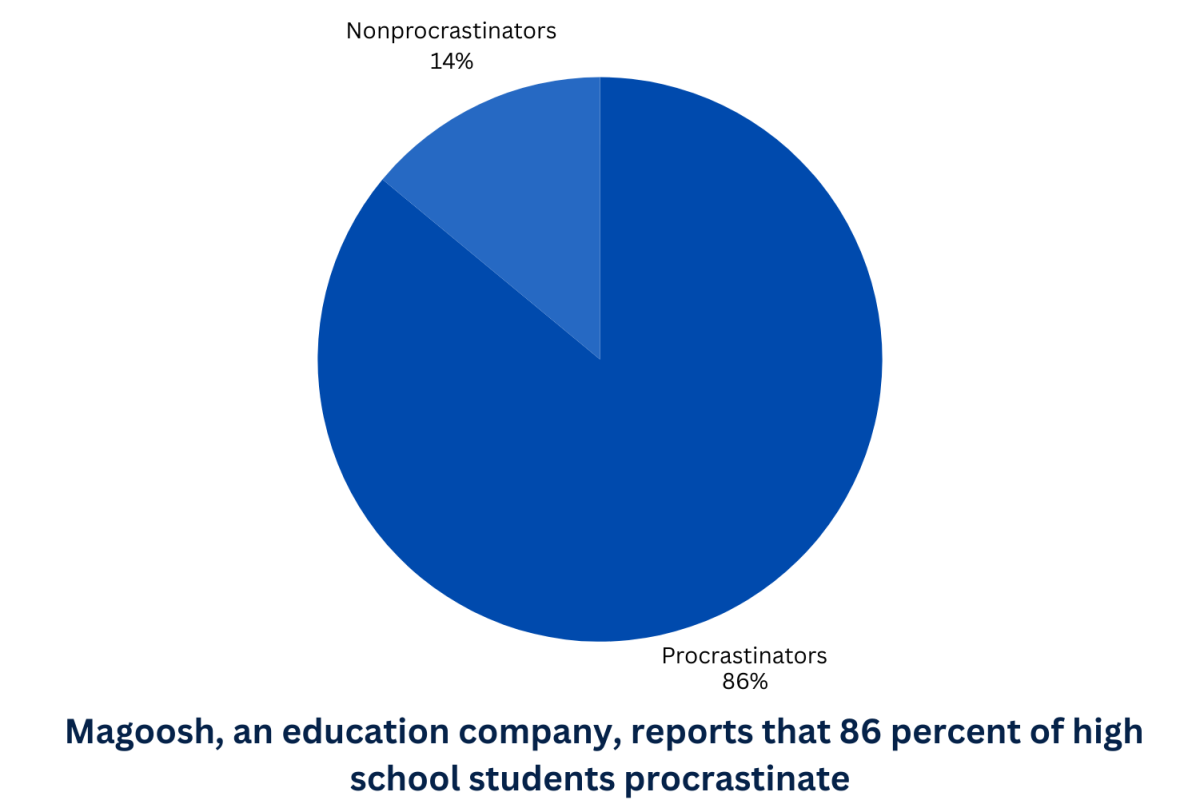Over the years, the popularity for owning a pet has grown. Since the 1970s, the number of pets in homes has tripled. 2.7 million dogs were adopted last year from shelters over America, according to the Humane Society, and I believe that number should rise further.
For one, the cost of buying a pet compared to adopting one is a dramatic difference. Buying a pet can cost up to $1,000, while adopting a pet ranges from $50-200, normally. Along those lines, purchasing a mixed-breed dog, for example, will cost extra while adopting a mix will cost little or no extra.
When thinking of bringing an animal into your household, everyone should consider the fact that when adopting a pet, you are saving a life. An establishment that carries breeded puppies for sale and keeps them in an inhumane place is known as a puppy mill. According to the American Society for the Prevention of the Cruelty to Animals (ASPCA), puppy mills care more about their profits than the health of the animals. The poor states that the dogs and cats are kept in result in many life-threatening health conditions. Some of these include: epilepsy, heart disease, and deafness, among other hereditary problems.
Adopting a pet means that you will be most likely ending that animal’s previous turmoil or abuse from where it was rescued. Six to eight million dogs will end up in a shelter each year, where half of those will be adopted into a new home. On average, 3.7 million dogs will be euthanized each year at shelters due to not being adopted, according to the American Humane Association.
The process of adopting a new pet has several steps as the shelters want to make sure the owner is fit to keep good care of the animal. First of all, the future owner will have to find the animal they want (most likely on petfinder.com) and then email the shelter or foster owner giving them a very detailed survey about being a pet owner. Some of these questions might include if you’ve had a pet before, is your yard satisfactory, and if you have any other animals in the house already. Once those people get back, the next step will be to either have an interview on the phone or even a home visit to see if the dog or cat can interact with the family members and other animals. If all goes well, the pet will be yours.
With overpopulation in pet stores due to unwanted animals and poor breeders, adopting pets makes that problem diminish. At no-kill pet shelters, there are dogs and cats of all sizes and ages. This means that adopting pets presents more options for your perfect pet.
“ I have been to a few dog shelters and I really enjoyed how friendly and energetic the people were about finding homes for the animals. I recommend people who are in search of a pet visit a shelter,” stated junior Libby Conley.









